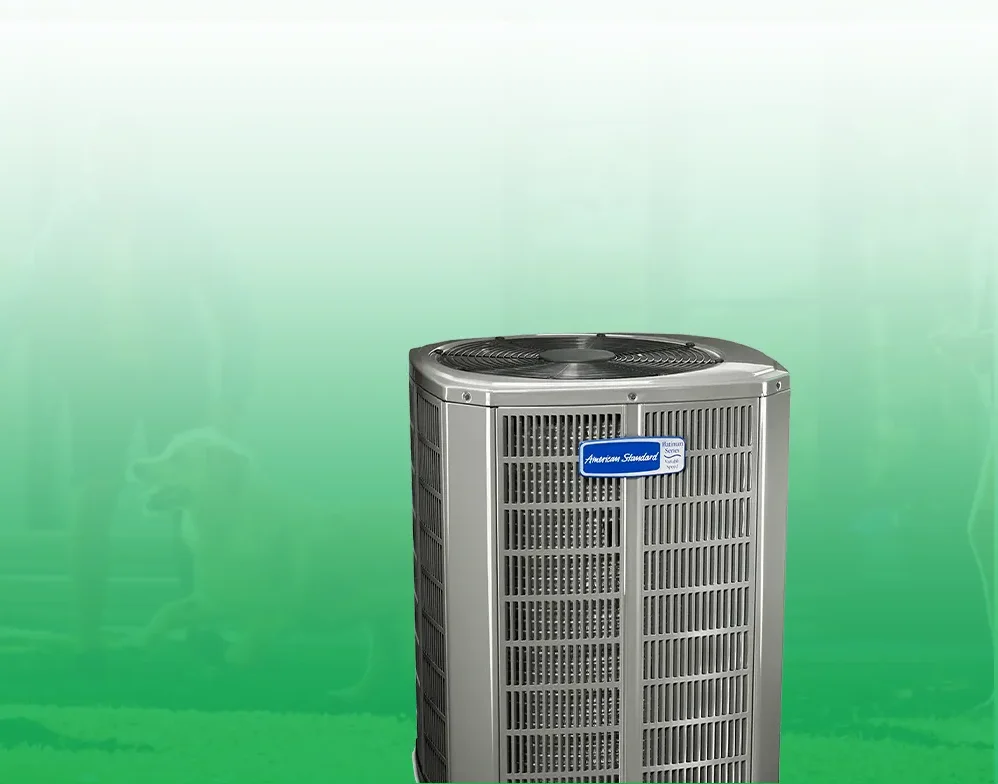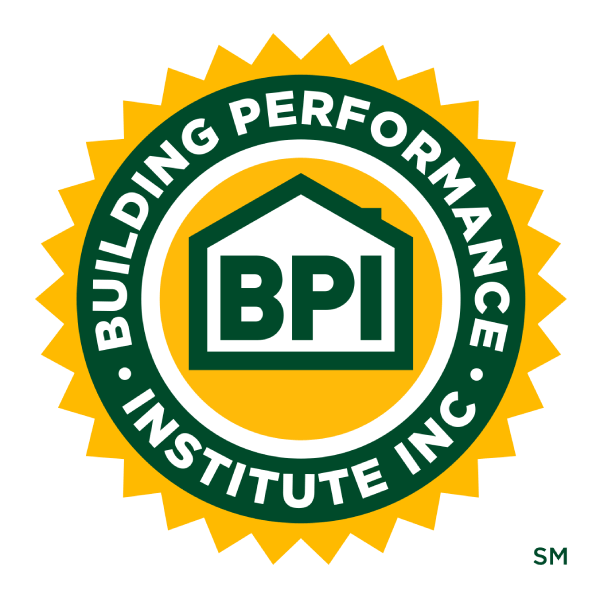At Horne HVAC Charlotte, we understand the vital role of each HVAC system component in maintaining a comfortable indoor environment. One of the most critical components in your air conditioning system is the evaporator coil. This often overlooked part is essential for effective cooling and energy efficiency.
What is an Evaporator Coil?
The core of the evaporator, which is sometimes referred to as the evaporator coil, is a key component of your air conditioning system. It absorbs heat from the air inside your home and cools it down. This process is essential for achieving the desired indoor temperature and ensuring a comfortable living environment.
Location of the Evaporator Coil
The evaporator coil is typically located inside the air handler or attached to the furnace in your home. It is strategically positioned in the path of the airflow generated by the blower fan. In split systems, you’ll find the evaporator coil inside the indoor unit, while the condenser coil is in the outdoor unit. This configuration allows the evaporator coil to efficiently process the absorption of absorbing heat from the air inside and transferring it outside cooling your home.
Function of the Evaporator Coil
The primary function of the evaporator coil is to absorb heat from the air inside your home. Here’s how it works:
- Refrigerant Flow: The evaporator coil contains refrigerant in a cold, low-pressure liquid state when it goes through the coil. The heat is absorbed by the refrigerant as it travels over the coil, which causes the refrigerant to evaporate and transform into a gas so that it may be used to cool your home.
- Heat Absorption: As the refrigerant evaporates, it absorbs heat from the air, effectively lowering the temperature. The cooled air is then blown back into your home through the ductwork, reducing indoor temperature.
- Humidity Control: Besides cooling the air, the evaporator coil plays a significant role in dehumidification. When warm air passes over the cold coil, moisture condenses on the coil’s surface. This process reduces indoor humidity levels, making your home feel more comfortable.
- Cycle Completion: The warm, gaseous refrigerant is carried to the outdoor condenser coil, releasing the absorbed heat to the outside air. Once again in a liquid condition, the refrigerant is prepared to be used to cycle through the system and repeat the process.



















